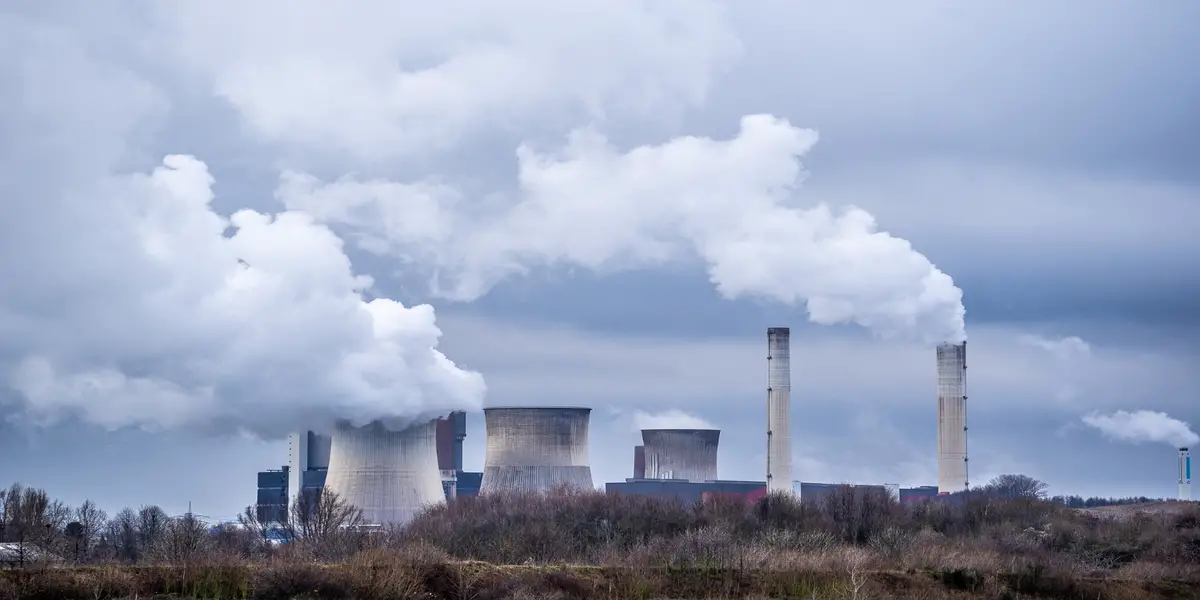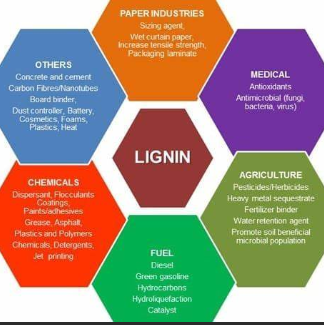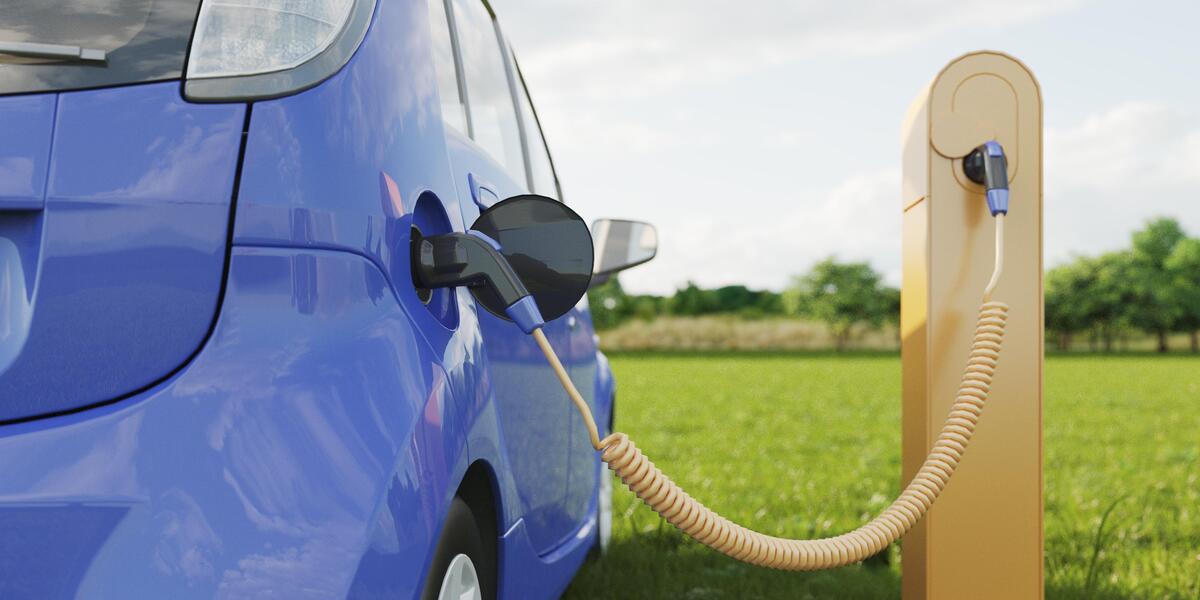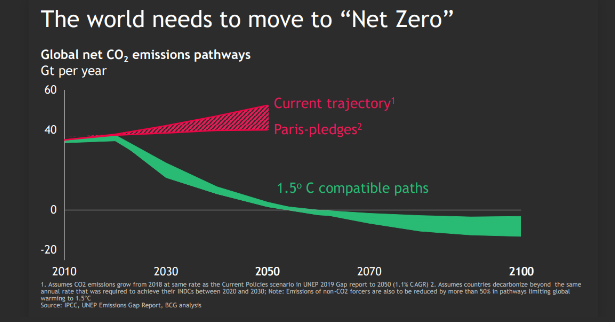Net Zero by 2050: Ambition or Achievable?
The world is racing to meet its Net Zero Goals by 2050. That means cutting greenhouse gas emissions to nearly zero and offsetting any remaining emissions through carbon capture or nature-based solutions. The goal is urgent, and the stakes are enormous: prevent global temperatures from rising more than 1.5°C and avoid irreversible damage to ecosystems, agriculture, and human health.
Global leaders are betting on solar, wind, electric vehicles, green hydrogen, and carbon capture. But one key player is often underestimated—biofuels. As the world’s energy demand keeps rising, and not all sectors can shift to electricity immediately, could biofuels be the missing piece?
What Are Biofuels and Why Are They Important?
Biofuels are renewable fuels made from organic materials such as crops, agricultural waste, or used cooking oil. Ethanol and biodiesel are the most common types. They can be blended with conventional fuels and used in existing engines with little to no modification.
Their significance lies in their ability to replace fossil fuels, especially in sectors where clean electricity isn’t yet viable—like aviation, maritime, and heavy-duty transportation. Unlike fossil fuels, biofuels emit significantly lower carbon dioxide over their lifecycle, particularly when produced from waste materials or residues.
India’s Biofuel Push: Progress on the Ground
India has emerged as a biofuel leader among developing nations. The Ethanol Blended Petrol (EBP) Programme, launched in 2003, has recently gained momentum. From a mere 1.5% ethanol blend in 2014, India touched nearly 12% in 2023, and aims to reach 20% blending by 2025.
This rapid transition serves multiple purposes: reducing crude oil imports, supporting farmers, curbing air pollution, and lowering CO₂ emissions. The government has allowed ethanol production from damaged food grains, maize, and surplus rice stock, while encouraging use of newer feedstocks like crop residues for 2G (second-generation) ethanol.
This is especially relevant in northern India, where stubble burning remains a major source of winter air pollution. Transforming that waste into biofuel could reduce both emissions and smoke-induced health problems.
What Makes Biofuels “Green”?
Biofuels are considered carbon-neutral because the CO₂ released during combustion is largely offset by the CO₂ absorbed by plants during growth. But that’s only true for advanced biofuels like 2G ethanol, produced from non-edible biomass—crop stubble, wood chips, and even algae.
First-generation (1G) biofuels, on the other hand, are made from sugarcane, corn, or palm oil. These can compete with food crops and sometimes lead to deforestation or excessive water use. That’s why global efforts now focus on scaling sustainable biofuels, using waste and low-input crops.
Where Does the World Stand?
Globally, biofuel production must triple by 2030 to stay on track with net-zero goals, according to the International Energy Agency (IEA). The world is not yet on that path. Although renewable electricity has seen explosive growth, sectors like aviation, shipping, and long-haul transport remain stubbornly dependent on fossil fuels.
In aviation, for example, Sustainable Aviation Fuel (SAF) accounts for less than 1% of total jet fuel usage. A recent report by the International Air Transport Association (IATA) indicated that even optimistic projections show SAF making up just 5% of fuel by 2030 unless major investments flow into production.
One reason: biofuel production remains capital-intensive, especially for second-gen fuels. Feedstock availability, refining technology, and transportation logistics all require coordinated planning and investment.
Current Trends and Global Highlights in Biofuels
In 2024, India announced an aggressive expansion of biofuel infrastructure. The Centre for High Technology (CHT) identified over 60 biodiesel plants for blending diesel with up to 5% biodiesel starting April 2024.
India’s Global Biofuels Alliance (GBA)—launched at the G20 summit—seeks to pool resources across countries to build robust supply chains and exchange technology. This move positions India as a global leader in sustainable fuel diplomacy.
Meanwhile, climate reports globally are sounding alarms. The Lancet Countdown 2024 emphasized that health risks from climate change are rising sharply, urging countries to speed up low-carbon transitions. Biofuels, being locally sourced and rural-friendly, also contribute to economic resilience.
Can Biofuels Bridge the Gap Alone?
Not entirely. While biofuels are essential, especially for decarbonizing transport, they cannot replace fossil fuels at full scale without significant breakthroughs.
Challenges include:
- Feedstock constraints: Competing land use for food vs. fuel is a key issue with 1G biofuels.
- Technology barriers: 2G and 3G (algae-based) fuels are promising but not yet scalable at low cost.
- Infrastructure needs: Collection of biomass, storage, and transport all need upgrades.
- Policy and investment gaps: Long-term financing and consistent policy frameworks are still developing.
Still, when used smartly—especially for hard-to-electrify sectors—biofuels can reduce dependence on fossil fuels and complement electric mobility and hydrogen.
Role Of Khaitan Bio Energy
One of the promising players in this field is Khaitan Bio Energy (KBIO), a company actively building scalable solutions in 2G ethanol production. Their technology turns agricultural residues—like rice straw—into high-quality ethanol, without competing for food crops or clean water.
What makes KBIO’s work significant is their zero-liquid-discharge model, which minimizes environmental impact. Their facility integrates bioenergy with carbon savings, and their collaborations with rural stakeholders create both jobs and cleaner air.
By focusing on crop waste that would otherwise be burned in open fields, KBIO offers a dual solution—lowering CO₂ and tackling air pollution. Their model shows how innovation in India can contribute globally to climate action.
The Global Math: Investments and Land Use
To meet its net-zero goals, India will need nearly $12.7 trillion in energy investments by 2050, according to a 2021 BloombergNEF study. Biofuels will be a part of this, along with solar, hydrogen, EVs, and grid upgrades.
But it’s not just about money. Land use is another dimension. Solar and wind will require over 65,000 sq km of land—about twice the size of Kerala. Biofuel crops and feedstock will add pressure, unless waste biomass is prioritized.
That’s where 2G and decentralized production models—like KBIO’s—are critical. They reduce land demand, minimize transport emissions, and create circular rural economies.
Policies Driving Biofuel Progress
India’s National Bioenergy Programme, restructured in 2022, now supports multiple technologies: compressed biogas, biomass pellets, and bioethanol. The focus is shifting from sugarcane and molasses to maize, surplus grains, and residues.
At the global level, the UN and IEA call for stronger biofuel mandates and better pricing mechanisms. Countries like Brazil, the U.S., and Sweden already have mature ethanol blending systems, often supported by carbon credit schemes.
India, too, must build carbon markets and reward low-carbon fuels. More R&D funding, decentralized refinery models, and public-private partnerships will drive future momentum.
Final Thoughts: A Fuel That Matters
Biofuels are not a silver bullet. But they are a necessary, flexible, and scalable solution—especially in regions where electrification will take longer.
When sourced responsibly and made from waste, they offer a low-carbon bridge to the future. They support farmers, reduce pollution, and complement larger renewable transitions. With the right incentives, investment, and technology, biofuels can be a major pillar of Net Zero Goals by 2050 .
As India prepares for E20, and countries assess sustainable aviation and shipping fuels, bioenergy deserves its place at the table. Not just as a cleaner fuel—but as a smart, inclusive tool for climate justice.















